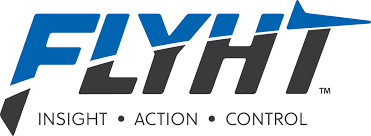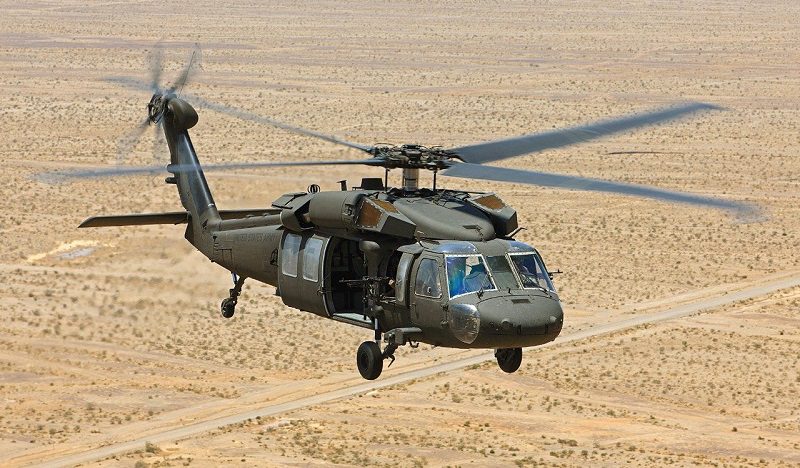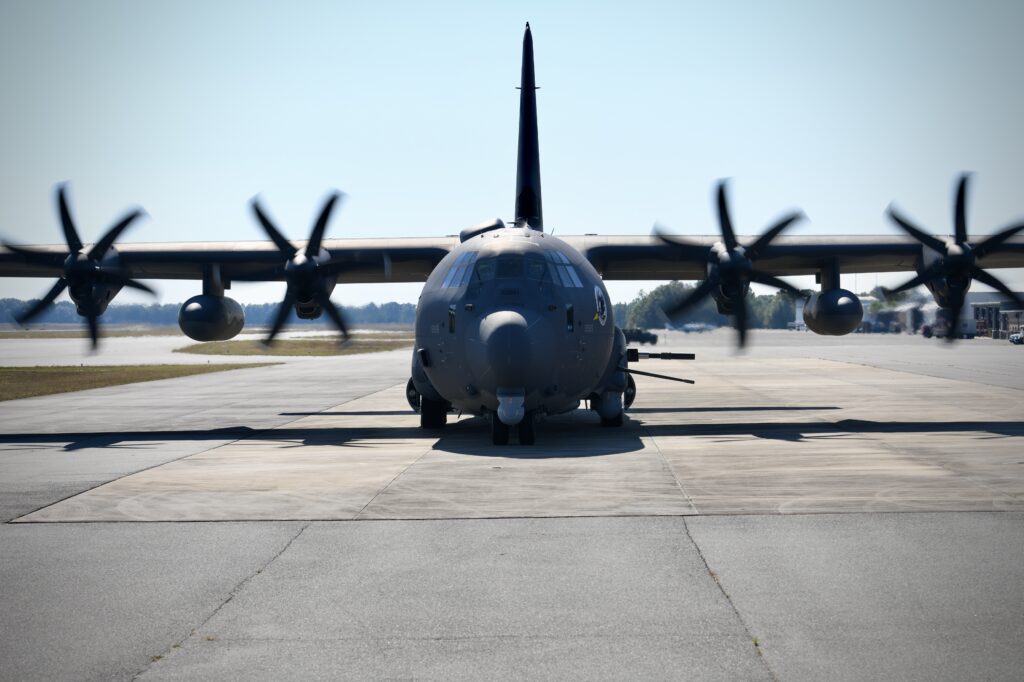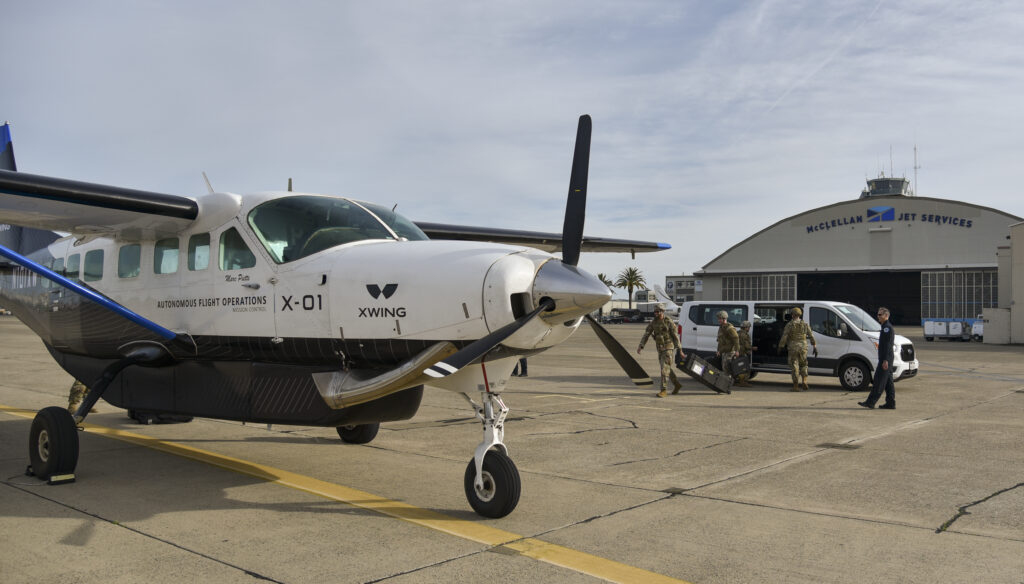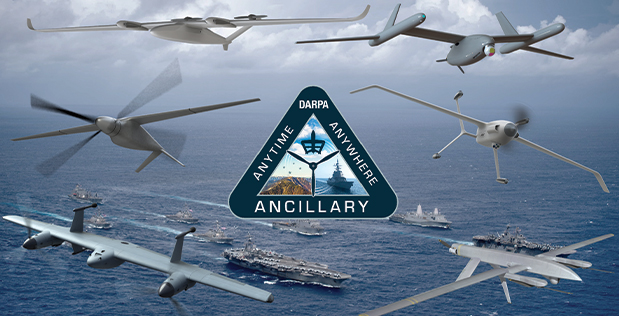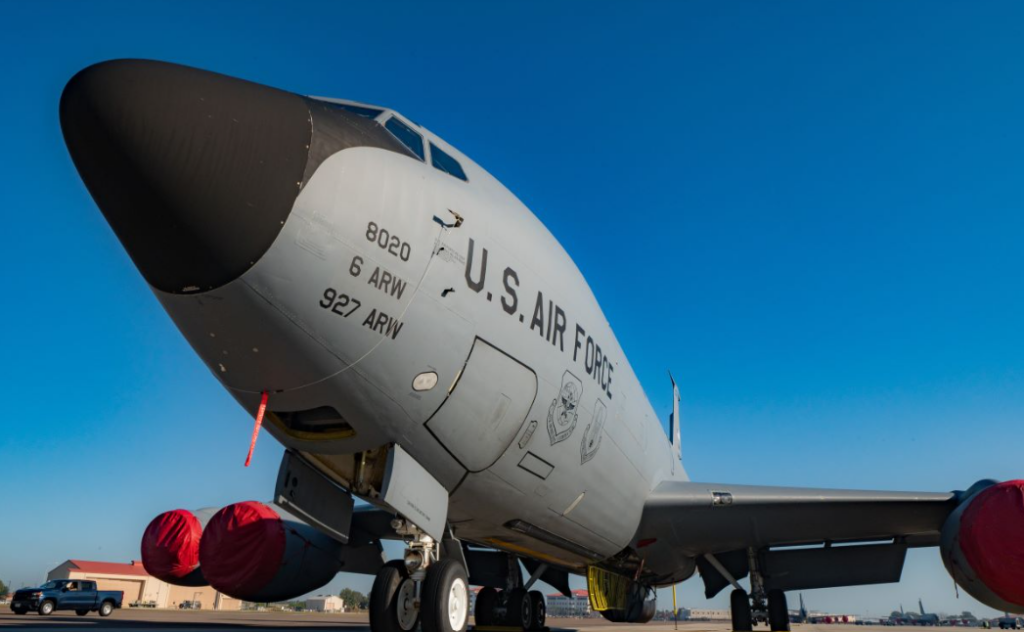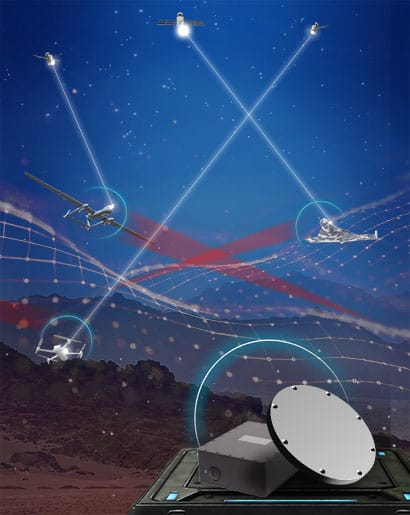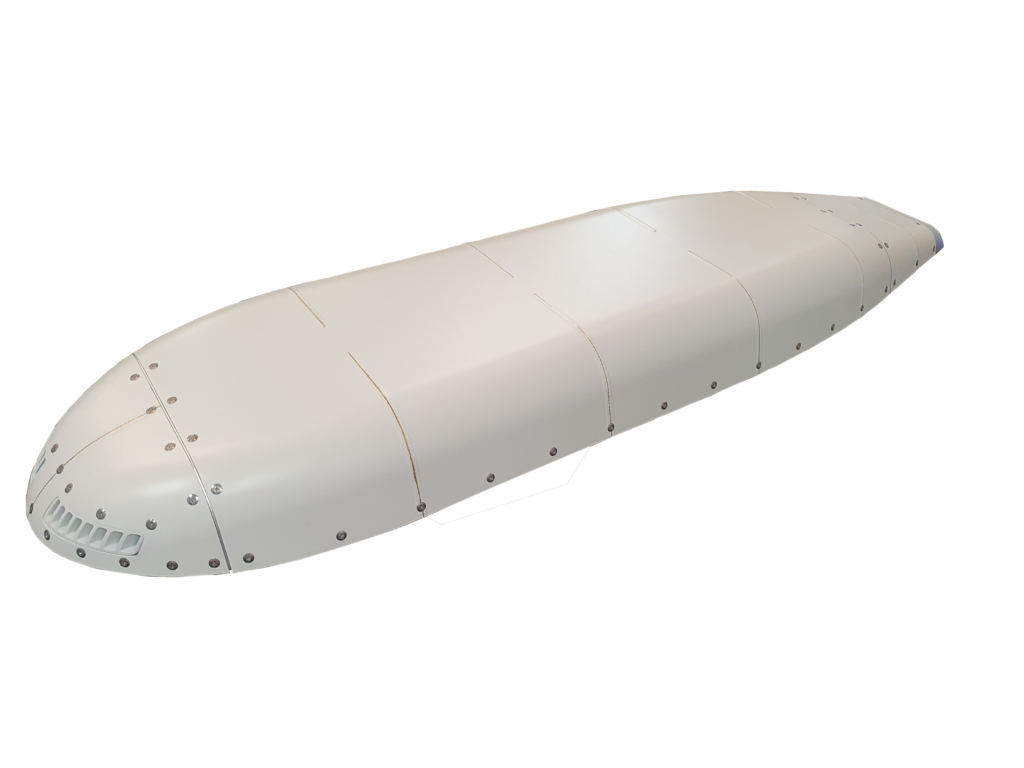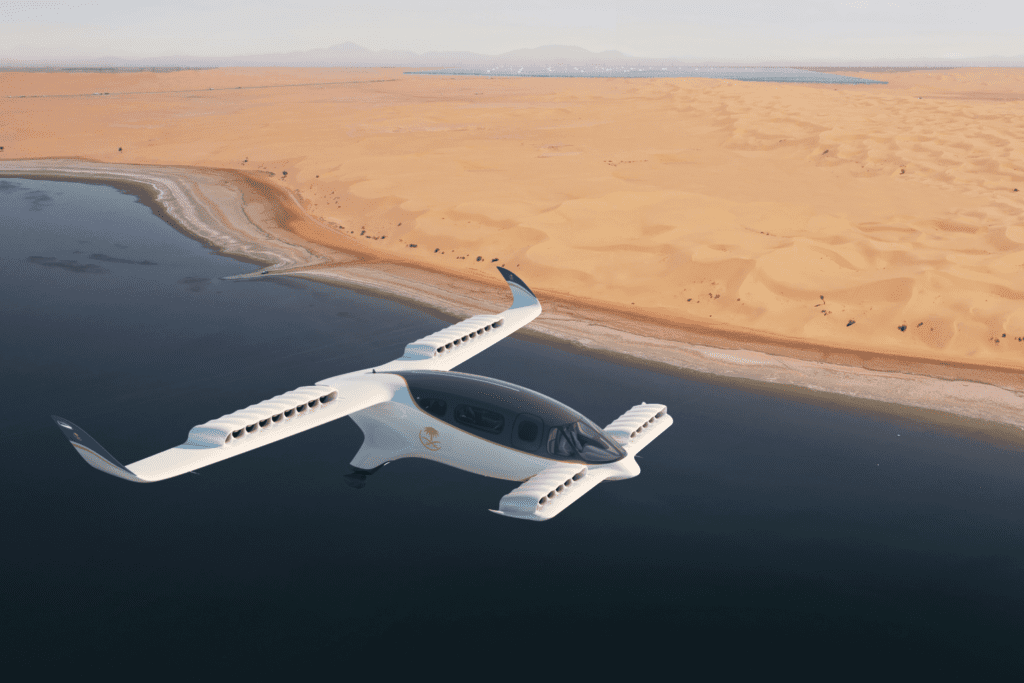
Electric Vertical Take Off and Landing (eVTOL) aircraft represent a new era of aviation and with this new era comes a huge demand for uniquely trained professional pilots to safely fly passenger and cargo at scale across global markets. New pilot training technologies and methodologies are being presented, all the while keeping safety paramount for the unique challenges of this advanced air mobility (AAM).
What’s Different about eVTOL?
Pilot training for eVTOL aircraft differs from other forms of training primarily due to the unique characteristics of these aircraft, which Parker Downey, flight test operations manager at Elroy Air, San Francisco, says includes their distributed electric propulsion systems, vertical takeoff and landing capabilities, and in many cases autonomous flight features. “Pilots need to be familiarized with the unique handling qualities of these advanced technologies and must possess a comprehensive understanding of the principles and safety protocols of electric and hybrid-electric aircraft systems.”
Andreas Pfisterer, head of pilot training and flight operations, test pilot at Lilium, Weßling, Germany, says the European Union Aviation Safety Agency (EASA) and the FAA are only agencies allowing commercial pilots to train on and operate eVTOL aircraft of any type.
“In addition there might be a minimum hours of flight hours required to operate these future eVTOLs in a new type of operation, being low level, in and out of international airports and within and between city centers, all in VFR operation, at least for the beginning. IFR will be allowed at a later stage. Once the pilots start their training, it will first be the theoretical knowledge before going into the practical training, being a full flight simulator or a combination of different simulator levels. Smaller eVTOLs might do the training in the aircraft only or a mix of aircraft training and basic simulators.”
Most eVTOLs will be operating in urban environments with missions characterized by shorter flight durations, typically lasting between 5 to 30 minutes. While eVTOL vehicles are being optimized to simplify pilot workload, Christopher Courtney, director of advanced air mobility at CAE, Canada, Quebec, says the critical phases of flight such as takeoffs and landings make up a larger portion of a flight operation than a typical commercial or business aircraft flight operation.
“An eVTOL pilot could experience two to four critical phases of flight per hour rather than two to four critical phases of flight per day. Take-offs, landings, and transitions have not been fully automated for the majority of these aircraft, so training will need to account for fatigue management in these high cycles of operation.”
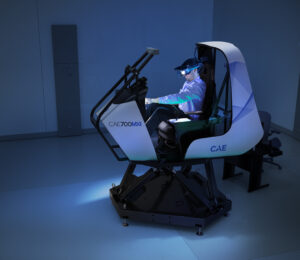
CAE’s Mixed Reality Flight Simulator
Urban eVTOL operations will introduce complexities for pilots in managing the crowded airspace and close proximity to other vehicles and ground infrastructure. This will necessitate new forms of agile decision-making that are not typically trained for in traditional aviation. Courtney cites examples including emergency landings in densely populated areas, adapting to micro-weather and urban canyon effects, and addressing potential communication challenges.
Lastly, with evolving regulatory requirements and the advent of single-pilot operations, a reevaluation of training methods and equipment is required. Traditional flight simulators may be limiting for eVTOL OEM start-ups and operators given their high capital and facility demands. To address this, Courtney says CAE is actively investing in innovative training devices such as mixed reality, ensuring cost-effectiveness, scalability, while maintaining high fidelity and realism for effective training.
eVTOL Technologies and the Tools to Train
There’s a unique opportunity to introduce next-generation training technologies and new processes to this new modality of aviation. These advancements will strive to tackle critical challenges faced in aviation today, enabling pilot training to be cost-effective, accessible, scalable, and safe while meeting the unique demands of AAM.
Downey says autonomy is the single biggest enabler for both pilot training and operation of advanced aircraft such as eVTOLs. “Autonomy reduces pilot workload, allowing pilots to focus on higher level tasks and to more effectively learn how to operate eVTOLs in a variety of conditions. When a system is not fully autonomous, pilots need to maintain their skills and be able to take control when autonomous systems encounter limitations or unexpected challenges.”
Pfisterer explains that the latest eVTOL technologies will be used in a blended learning environment containing a mix of classroom, distant-, online-, virtual reality, and other training tools. “A thorough training need analysis (TNA) can define the right tools to be used that fit the purpose and cover all the special requirements of the eVTOL operation. A small cockpit with single-pilot operation—at least with the majority of the vehicles—will allow smaller training simulators.”
CAE has developed modern and innovative solutions to help address eVTOL pilot training challenges, safely and efficiently. It is leveraging modern learning philosophies such as competency-based training and assessment (CBTA) and adaptive learning techniques. This enables training to be re-centered around pilot competencies and the outcome of training vs the prescriptive, less efficient and disparate models of training seen in traditional pilot training.
“From a technology perspective, we are investing heavily in advanced technologies such as virtual and mixed reality, artificial intelligence, and machine learning to advance the capabilities and quality of training for the pilots of the future,” Courtney says. “[Also,] we are focusing heavily on integrating data analytics to ensure an efficient training footprint that meets the safety requirements, performance evaluation, and mission complexities expected of AAM operations. For example, CAE’s proprietary training tool, CAE Rise provides instructor access to student performance data enabling trainee progress to be monitored for early intervention and correction. Instructors can focus on necessary remediation and on the needs of more advanced students. Student results are aggregated into data for the entire class, enabling instructors and the training organization to monitor trends, gaps, and opportunities for continuous improvement.”
Simulation and eVTOL Training
Simulation and virtual training environments play a crucial role in training eVTOL pilots in a safe and immersive platform. They replicate a real-world virtual environment and high-risk operations for understanding aircraft behaviors in different phases of flight, practicing various flight scenarios, emergency procedures and complex maneuvers.
“Simulators enable pilots to familiarize themselves with different eVTOL models, experience diverse weather conditions, and develop their decision-making skills in challenging situations, thereby enhancing their overall operational readiness and situational awareness,” Downey says. “These tools can also reduce the cost and time required for pilot training, such as providing pilots with feedback on their performance and by identifying areas where they need additional training.”
Pfisterer explains eVTOL simulation works best when addressing the limited endurance of the aircraft and in general the management of vehicle batteries. “Prolonged hover periods, multiples landings in a short period of time and a big number of pilots can only be managed by using a simulator. Any practice of normal but also abnormal and emergency procedures in simulation will increase flight safety overall, and last but not least also reduce training cost. The return of investment in the highest level of training devices will be granted in a very short time and will increase fleet safety worldwide.”
Simulators are able to offer high-fidelity and physics-based replications of eVTOL operations, including the various critical phases of flight and maneuvers. The use of simulation facilitates repetitive practice, allowing pilots to develop muscle memory and hone their skills efficiently.
Courtney says this ensures confidence and familiarity for the trainees prior to their first live aircraft flight across a diverse set of missions. “Moreover, simulations are cost-effective, significantly reducing training expenses compared to real aircraft as well as more environmentally sustainable. Instructors can create diverse training scenarios, from navigating congested urban airspace to managing adverse weather conditions; ensuring pilots are well-prepared for a range of challenges. The ability to collect and analyze performance data also supports targeted feedback and continuous training.”
CAE launched the CAE 700MXR mixed reality flight simulator to prepare eVTOL pilots for the dynamic and evolving demands of the industry. The 700MXR series leverages CAE’s advancements in extended reality technologies to deliver a high fidelity, physics-based mixed reality flight simulator tailored for the AAM market. Mixed Reality (MR) is a technology that combines physical reality and digital environments to enable interactions with the real-world amongst virtual objects.
The CAE 700MXR emulates flight characteristics and operational programs for single pilot operations, initially launched for the eVTOL market. The training device utilizes enhanced reality, high-precision head and hand tracking, and the accurate, tactile feel and physical experience of the aircraft’s flight controls and flight instruments and displays. The compact mini-motion platform allows for scalability and 360⁰ Field of View visuals deliver high-fidelity, physics-based immersive visuals for the trainees. Courtney says, “We are confident that the CAE 700MXR and similar advanced technologies will revolutionize flight training for single-pilot operations in complex urban settings.”
Elroy Air’s simulator environment has been an instrumental tool in aiding both flight training and testing by accurately representing aircraft behavior, limitations and performance. Via its HIL (hardware in the loop) and SIL (software in the loop) simulators it has been able identify critical power regimes, required power for different maneuvers, and evaluate aircraft handling qualities in different configurations to choose the best one optimized for both flight-and-failure cases before actually putting its aircraft at risk in real life. “Outside of the testing environment, it gives me as the pilot a sound understanding of how the aircraft is going to handle in real life, as well as building important muscle memory habits with the RC controller inputs, switches and sticks before flying the aircraft in real life,” Downey says.
CAE supports the idea of interim approvals and an expanded utilization of simulation for pilot training credit. Courtney says approving new simulators “in advance of the type certification of eVTOL aircraft will allow for advanced training of the pilot workforce resulting in their readiness once eVTOL aircraft achieve their type certification. The approval of cutting-edge virtual and mixed reality technology holds substantial promise for advancing AAM training.”
Issues with eVTOL Training
One of the most pressing issues with eVTOL pilot training is developing regulatory requirements for new pilots. CAE is proactively addressing this regulatory challenge with its dedicated regulatory affairs team, collaborating closely with various regulatory authorities and working groups. Its aim is to contribute valuable insights and actively participate in shaping the future of pilot training and licensing.
Downey explains that key issues that must be addressed in pilot training include “developing standardized training curricula and certification processes, establishing comprehensive safety protocols specific to eVTOL operations, integrating advanced flight control systems, and implementing effective human-machine interface designs to ensure pilot competence and to maximize passenger and public safety.
Pfisterer explains an issue could arise because eVTOL flying is a mix of helicopter and airplane operation, at low-level urban environments with a special micro climate, with special wind situations and landing areas between or even on top of buildings but also traditional international airports, where eVTOL will operate on dedicated landing pads but also on normal runways. To facilitate this, “We expect to have a combination of VFR day/night at the beginning, but then also add the IFR capability.”
Pfisterer believes that “flying the aircraft will only be the smallest part of the pilot´s duty; management of the mission is the main focus of every day´s pilot live. From day one in training we will train the pilots to understand the challenges in his/her daily role of mission manager. This will be accomplished by special line-oriented elements combined to an entire mission over the progress of the training course. [Also,] today´s training centers will over time be transferred into training networks that will be connected, having many small training devices decentralized and closer to the trainees.”
“The small devices and the lower operating cost will allow the trainee to increase the number of trainings spread over the year. Airport and area familiarization or requalification can be done much more efficiently in such small device or even at home, in a virtual training setup, all supported and controlled by a central training management system,” Pfisterer added.
FAA and eVTOL Pilot-Training Requirements
The FAA has launched a consultation on training requirements for pilots of new powered-lift aircraft. The U.S. air safety agency published the proposed rules via the Federal Register on June 2023 in a document called Integration of Powered-Lift: Pilot Certification and Operations. In July 2023, the FAA issued a final rule that updates the air carrier definition to add “powered-lift” operations to the regulations covering other commercial operations, such as airlines, charters and air tours. The FAA released an implementation plan providing the steps it and others will need to take to safely enable advanced air mobility operations in the near term. The “Innovate28” plan includes various components and the sequence they will occur in for operations to be at scale at one or more sites by 2028.
“These proposed rules of the sky will safely usher in this new era of aviation and provide the certainty the industry needs to develop,” says acting associate administrator for aviation safety David Boulter.
The FAA said the planned powered-lift rules are “designed to provide certainty to pilots and the industry on what the requirements and expectations will be to operate these aircraft once it is finalized.” The agency said the rules will spell out how pilots can earn ratings specific to each type of aircraft they fly.
For more information, go to FAA’s Advanced Air Mobility website: www.faa.gov/air-taxis
The post Educating Pilots On eVTOL Air Mobility And This New Generation Of Air Taxis appeared first on Avionics International.
—————
Boost Internet Speed–
Free Business Hosting–
Free Email Account–
Dropcatch–
Free Secure Email–
Secure Email–
Cheap VOIP Calls–
Free Hosting–
Boost Inflight Wifi–
Premium Domains–
Free Domains
